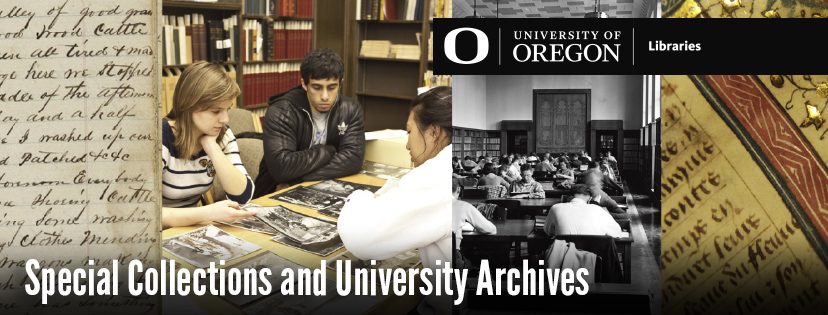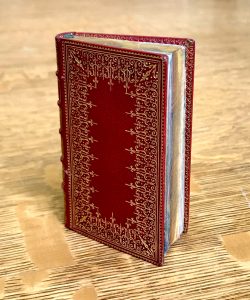New Acquisition | Ars vitraria experimentalis oder Vollkommene Glaßmacher-Kunst (The Art of Perfect Glassmaking)
The Rare Books Collection in Special Collections and University Archives has received a fine addition of Ars vitraria experimentalis, one of three chief works by the German court alchemist, pharmacist, and glassmaker Johann Kunckel von Löwenstern (approx. 1630-1703).
Born sometime around 1630, Johann Kunckel was the son of a master glassmaker and learned the art and the chemistry of glassmaking from his father and other glassmakers. In 1670, Kunckel began his alchemical career in Dresden working on the problem of transmuting metals. In 1677, Kunckel left Saxony, having never been paid the salary promised by his employer, Elector Johann Georg II. The next phase of his career took place in Brandenburg, where he directed the laboratory and glassworks there as part of the country’s economic initiative to process domestic raw materials and export as many of the finished products as possible. Brandenburg had an effective ban on imported goods, and the Elector Friedrich Wilhelm stressed the importance of high-quality glass production. Kunckel succeeded in this area through his technical improvements to the process of making ruby (red glass) and his rigorous work Ars vitraria experimentalis, which included his translation and editing of the few previously available specialist works on glassmaking, as well as all of his own knowledge on the subject.








